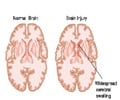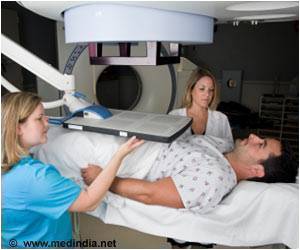An advanced T-cell receptor sequencing technology was used to investigate immune responses in brain tumor cases with a personalized cellular immune therapy.

‘Every year, 18,000 people on an average in the U.S. die from glioblastoma, and the life expectancy prescribed a conventional therapy such as surgery, radiation and chemotherapy ranges from 12 to 24 months.’





Led by Drs. Robert Prins and Linda Liau, both UCLA Jonsson Comprehensive Cancer Center members, the two-year study implemented an advanced T-cell receptor sequencing technology to investigate immune responses in GBM patients, before and after being treated with a personalized cellular immune therapy of autologous tumor lysate pulsed dendritic-cell (DC) vaccination. The team compared the levels of biomarkers on T cells present within tumors and those outside in the bloodstream, and tracked changes throughout treatment. T cells are believed to mediate the effectiveness of the DC-based therapy.
"We performed next generation sequencing of the T cell receptor repertoire on tumors and peripheral blood samples from 15 patients in this study. We found that when there were elevated levels of T cells initially present inside the glioblastoma tumor, the patients lived longer following immunotherapy compared to those without T-cell infiltration into their tumors, said Prins, who is an associate professor in the Departments of Neurosurgery and Molecular and Medical Pharmacology at UCLA. "We also found that when there was a significant overlap of T cells with the same T cell receptors in the tumor and in the blood, survival was also extended."
Though this sophisticated technology is just starting to be used in other cancers, the study is the first to utilize high-throughput sequencing to monitor a systemic T-cell response in real-time and examine how T-cell receptor expression in tumors and peripheral blood can be utilized as a potential indicator of a patient's systemic immune response to immune-based treatments.
The scientists plan to conduct further prospective clinical studies with this technology, and then identify specific antigen targets, which may have the potential to improve responses of brain cancer patients to immunotherapy.
Advertisement
Source-Newswise















